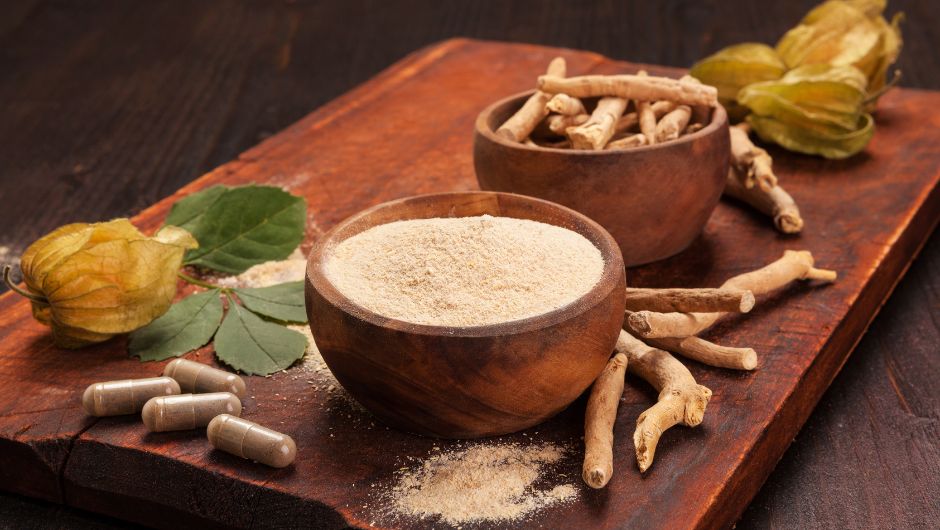Things to Avoid for Every Dosha

Based on ancient Vedic texts, Ayurveda is the product of a 5,000-year-old medical philosophy that believes we are all created with different abilities. Ayurveda has three doshas that determine the state of mind and body: Vata, Pitta, and Kapha. Although we all have three, Ayurveda advises that each of us is born with one main dosha, and it is important to have an equal (though often variable) balance between them. two. If we are not perfect, we are fine. When we are out of balance, we experience skin problems, digestive problems, insomnia, stress, and anxiety.
In India, Nepal, and other countries in the east, Ayurveda is considered a serious medicine with schooling commensurate with a Western medical degree. However, unlike Western medicine, basic research is more than a physical examination. An Ayurvedic doctor will take your pulse, examine your tongue, examine your facial features, and ask you many questions about how you behave and react in different situations. It’s quite cool.
The Ayurvedic diet is a part of Ayurveda and has been around for thousands of years. Balancing the three doshas involves remembering the major doshas and eating certain foods.
How does it work?
An Ayurvedic diet is a type of meal plan that includes the timing, nature, and content of meals based on dosha, or body type. Here are some key features of each defect to help you decide which type is right for you:
- Pitta (fire + Water). Very intelligent, very strong, and very determined people. These doshas slow down the intensity and temporary anger and can cause problems like indigestion, heartburn, or high blood pressure.
- Vata (air + space). Creating things, energy, and life People with this dosha are prone to weight loss and fever and may experience indigestion, fatigue, or restlessness when out of balance.
- Kapha (earth and water) Be calm, grounded, and honest. People with Kapha deficiencies have strong builds and may suffer from weight gain, asthma, depression, or diabetes.
Things to avoid for every dosha
Each person is born with a unique combination of each of the three doshas. Generally, one or two doshas will dominate and thus determine the Ayurvedic system for your mind or body type. Remember that we all have Vata, Pitta, and Kapha in our constitutions, but in different proportions. Here are some examples of things you can do to balance your dosha.
VATA
- Wind
- Caffeine
- Long and nighttime travel
- Irregular Routine
- Irregular Meals
PITTA
- Heat
- Alcohol
- Smoking
- Mental Pressure
- Stress
KAPHA
- Cold
- Damp
- Over-Sleeping
- Over-Reacting
- Heavy Foods
Characteristics of Vata Dosha
- Sensitive
- Thin & light build
- naturally creative mind
- Skip meals and keep irregular habits.
- Insomnia
- prefer warm, humid climates
- Walk quickly
- Dry skin
- Lively and enthusiastic
Characteristics of Pitta Dosha
- Medium, muscular build
- Productive, hard-working
- Abundant energy
- Strong appetite
- Perfect digestion
- Prefer cold climates
- Fair skin
- Good decision-makers
Characteristics of Kapha Dosha
- Heavy build
- Excellent stamina
- Fluid retention
- Seek emotional comfort from eating.
- Stable & Methodical
- Easy-going & calm
- Prefer warm, dry climates
- Oily skin
Best foods for Vata Dosha
- Consume more warm or hot fluids like soups or stews.
- Consume more foods like avocado, coconut, olives, buttermilk, cheese, eggs, whole milk, wheat, nuts, seeds, berries, melons, summer squash, zucchini, and yoghurt.
- Fruits like green grapes, oranges, and pineapple in small quantities
- Eat vegetables, but they should be well-cooked and garnished with ghee or coconut oil.
Best foods for Pitta Dosha
- Vegetables like asparagus, cucumbers, celery, okra, lettuce, green beans, sweet potatoes, leafy greens, pumpkins, broccoli, cauliflower, and zucchini
- Grains like wheat, white rice, barley, and oats also help to balance pitta.
- Meats like turkey and chicken should be consumed in moderation.
- Consume fruits like grapes, mango, pomegranate, pineapple, oranges, melon, cherries, coconut, avocado, and plums.
- Use soothing spices in cooking like coriander, cardamom, saffron, and fennel seeds.
Best foods for Kapha dosha
- Vegetables like asparagus, cucumbers, celery, okra, lettuce, green beans, sweet potatoes, leafy greens, pumpkins, broccoli, cauliflower, and zucchini
- Grains like wheat, white rice, barley, and oats also help to balance pitta.
- Meats like turkey and chicken should be consumed in moderation.
- Consume fruits like grapes, mango, pomegranate, pineapple, oranges, melon, cherries, coconut, avocado, and plums.
- Use soothing spices in cooking like coriander, cardamom, saffron, and fennel seeds.
Ayurveda provides you some wrong food combinations. Menus can make you choose the wrong food. By avoiding these harmful chemicals, you can prevent odor, indigestion, and spoilage. You can consult a registered Ayurvedic practitioner for further guidance.